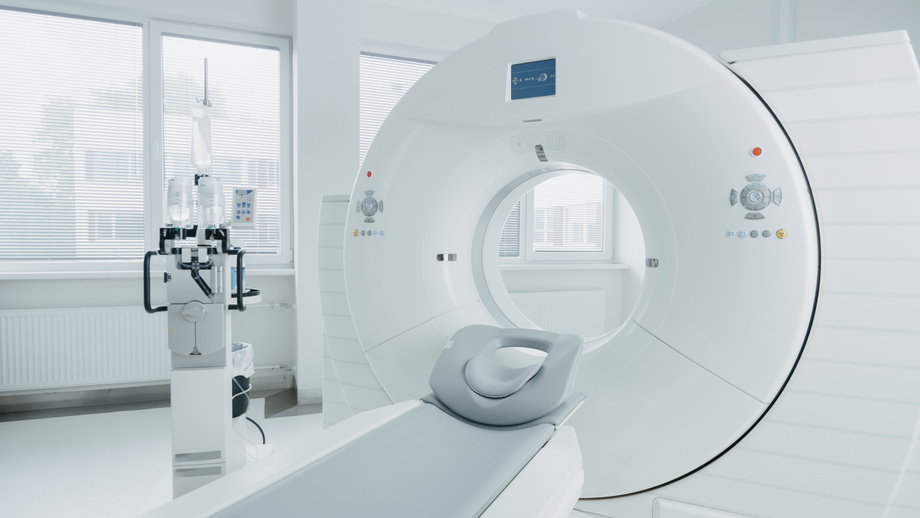Positron Emission Tomography (PET) Radiotracer
Positron emission tomography (PET) radiotracer is a diagnostic tool to detect bacterial infection in humans. A deficiency exists in clinical diagnostic tools capable of identifying bacterial infections in their early stages and differentiating infection from inflammation. Creating a precise and sensitive diagnostic tool for bacterial infections addresses an unfulfilled medical requirement. The PET tracer can be employed for non‑invasive PET imaging and is designed to identify and pinpoint pathogens within the human body. It can differentiate between various pathogen populations while providing insights into bacterial load. Bacterial infections that can be detected include those caused by Enterococcus faecium, methicillin‑sensitive Staphylococcus aureus, methicillin‑resistant Staphylococcus aureus, Klebsiella pneumoniae, Acinetobacter baumannii, Pseudomonas aeruginosa, and Enterobacter spp. Consequently, it aids in the identification and enhancement of treatment for patients with infectious diseases caused by infective endocarditis, prosthetic device‑related infections and osteomyelitis
Researchers at Stony Brook University have developed a bacterial infection detection diagnostic tool known as the PET radiotracer utilizing the compound ethyl [18F]2‑fluoro‑4‑nitrobenzoate and at least one acceptable carrier. The mechanism of action of this radiotracer is based on a differential catalysis mechanism between mammalian nitro‑reductases and bacterial nitro‑reductases. The researchers synthesized a fluorine-18 labeled derivate of p-aminobenzoic acid, 2 -fluoro-4- nitrobenzoic acid (CC-001), a novel radiotracer that is selectively taken up by bacteria including clinically-relevant strains of S. aureus including MRSA. They have shown that CC-001 accumulates at the site of S. aureus infection in a soft tissue infection model of disease. Significantly, CC-001 can distinguish bacterial infection from inflammation. This invention provides a method of detecting the presence of or location of bacteria cells in a subject which comprises determining if an amount of the compound having the specific structure is present in the subject at a period of time after administration of the compound.
 Gorodenkoff, https://stock.adobe.com/uk/236237270, stock.adobe.com
Gorodenkoff, https://stock.adobe.com/uk/236237270, stock.adobe.com
Clinical diagnostic for bacterial infection - Differentiate infection from sterile inflammation - High signal‑to‑background ratio in animal infection models - Production with high yield using a rapid radiosynthesis method - Metabolically stable in the host body
Detect and localize pathogenic bacteria - Monitor antibiotic treatment efficacy
Patented
https://patents.google.com/patent/US20230226228A1/en?oq=17%2f997%2c908
Development partner - Commercial partner - Licensing
Additional Information:
Patent Information:
| App Type |
Country |
Serial No. |
Patent No. |
Patent Status |
File Date |
Issued Date |
Expire Date |
|